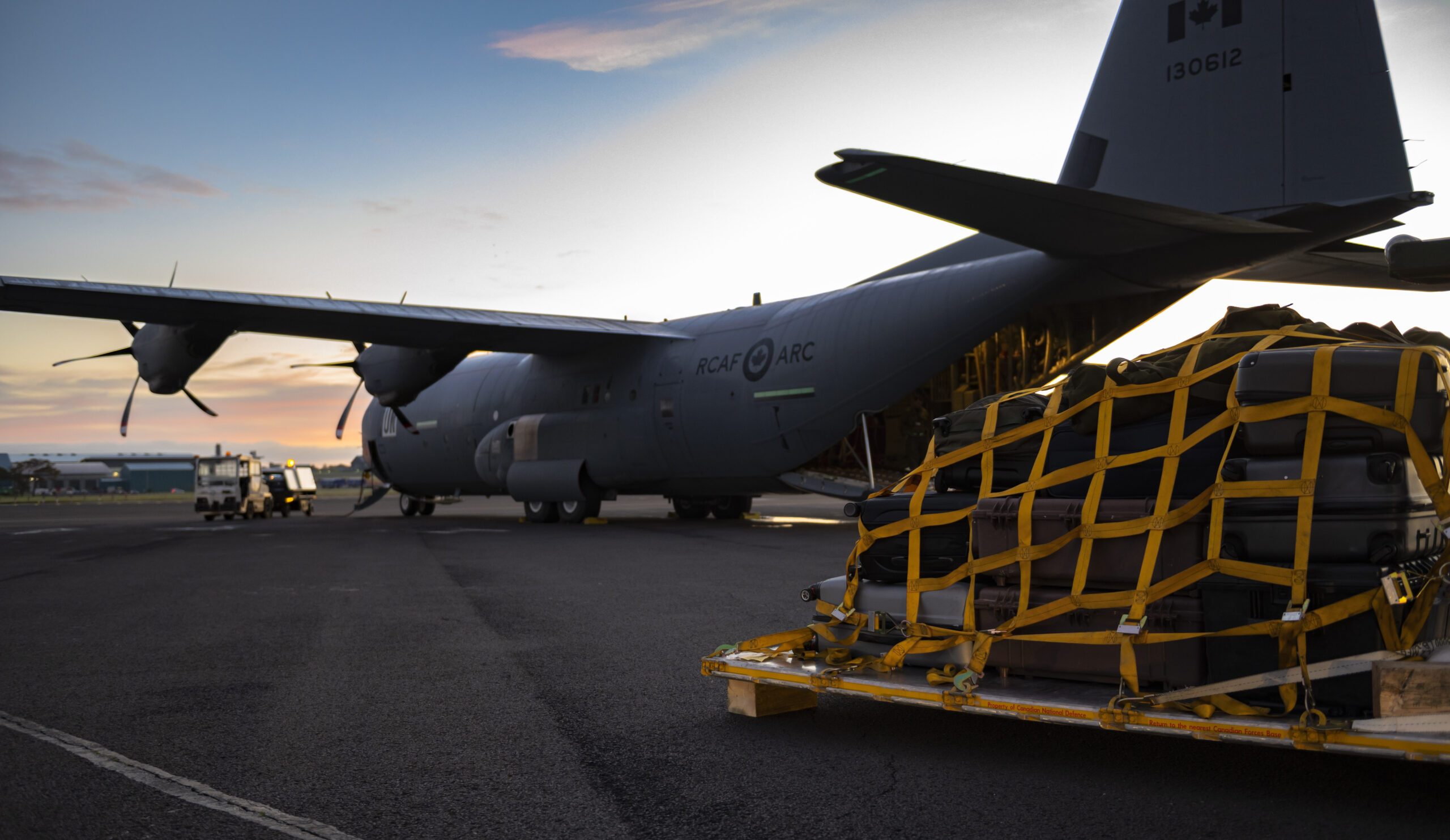An Analysis of Canada’s Reporting on Military Exports
The irresponsible trade in weapons has long been identified as a critical driver of human insecurity. The accumulation of arms can fuel conflict and destabilize entire regions. Weapons exported to states with poor arms control regimes can easily be diverted to criminal or non-state armed groups.
While these risks are acknowledged, activities associated with the international arms trade, as well as the scope of this trade, are poorly understood. A lack of transparency and accessible information on this segment of the market has many negative knock-on effects. For example, while international arms transfers make up only a small fraction of the global economy, an estimated 40 per cent of all corrupt transactions are tied to them.
Because greater transparency can reduce the harm of the global arms trade, advancing transparency is an explicit aim of the Arms Trade Treaty (ATT), the first legally binding international treaty to establish comprehensive regulations on the trade and transfer of conventional arms. In force since December 2014, the ATT imposes obligations on States Parties to report international transfers of their weapons systems. Canada joined the ATT in September 2019.
This report assesses both Canada’s military exports and the process Canada uses to report these exports. Military exports are defined as exports of conventional armaments, both full systems (i.e., tanks or rifles) and components (i.e., targeting computers used in tanks or scopes fitted to rifles).


